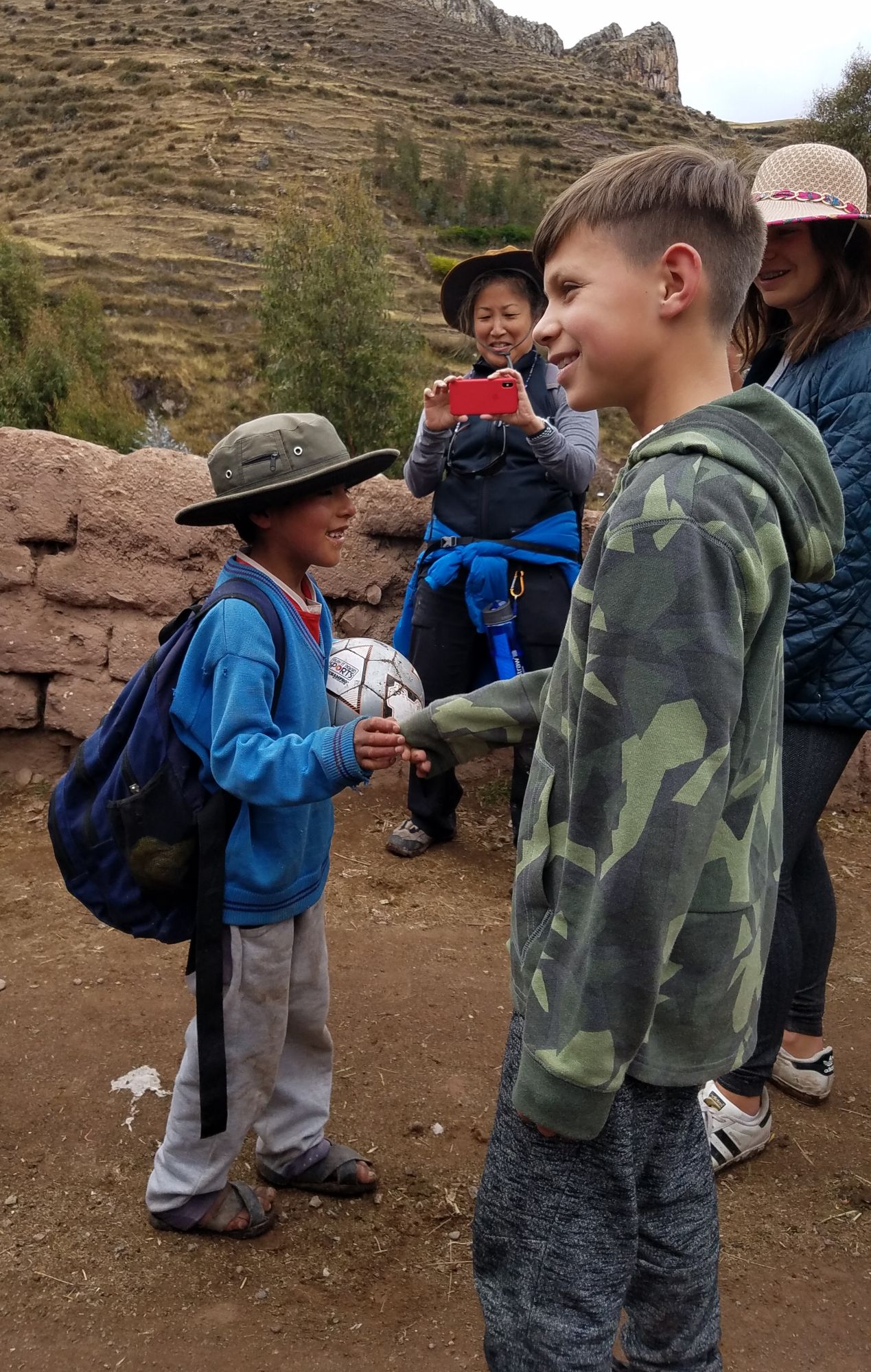Have you ever wondered why discussions about what to eat can get so intense? And can be incredibly polarizing? Vegan versus paleo, cooked versus raw… One reason is that food is part of our tradition and our identity, and most people feel very strongly about this. The other reason is that people are different, and indeed need different diets.
One of the first people who wrote about this was Weston A. Price, a dentist from Cleveland. In the 1930s, after seeing photos of indigenous people with straight teeth, he traveled around the world to find out whether these people were as healthy as they looked. What he found was that indigenous people were extremely healthy with nearly perfect teeth as long as they stayed on their indigenous diet, and interestingly, these diets all looked very different.
Many tribes ate a balanced diet based on plant and animal foods. For example, the basic diet of the Gaelic people living on Scottish islands consisted of fish and oats. On the other hand, isolated Swiss people lived mainly on cheese and rye bread.
Diets of other tribes were more targeted towards animal or plant foods. An example of a more animal-based diet are the Inuit people, who ate mainly fish and seal oil. The native Masai and the Muhima Tribe of Uganda are primarily cattle-raising people who lived mainly on milk, blood, and meat. Meanwhile, other African tribes, such as the Baitu Tribe of Ruanda and the Wanande Tribe of Begian Congo, lived largely on a lacto-vegetarian diet based on sweet potatoes, cereals, bananas, and dairy products from cattle and goats. The South Sea Islander ate more of a vegetarian diet supplemented by seafood.
Despite their different diets and the fact that they did not brush their teeth (nor were there any dentists around), all these people had barely any cavities, they did not need braces or glasses, they could withstand harsh weather, were not prone to infections, and were happy people. The Inuit didn’t even know the word for depression. The elderly among the tribes that ate a traditional diet were mentally clear and still strong enough to contribute to daily tasks.
But, once indigenous people started to eat a Western diet based on refined foods (white sugar, white flour, refined oils, refined salt), they started to have health problems like any other Westerner, including rotten teeth (which caused so much suffering, as the dentist profession began only after the exposure to modern food). In the next generation, deformed dental arches, mental disorders like anxiety, and low immunity against infectious diseases, for instance tuberculosis, were rampant.
Dr. Price worked very academically to analyze mineral and vitamin content in the diets of primitive people. He also examined the acid-base content and found that some diets were more alkaline while others more acidic. This was a fact he did not look into further, as his belief was that the high mineral and vitamin content of the diet alone guaranteed optimal health.
For reference and further reading, check out Dr. Price’s book, Nutrition and Physical Degeneration by Weston A. Price, D.D.S. and Nutrition and The Autonomic Nervous System by Nicholas J. Gonzalez, M.D. (which we’ll dive into in part three). Next, l dive into the common principles of indigenous diets in part two of this four-part series.














